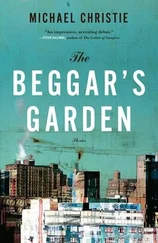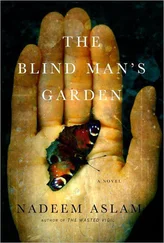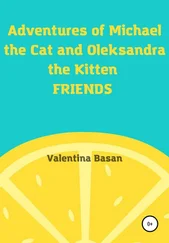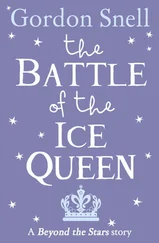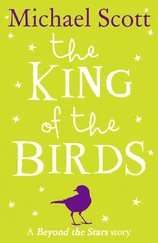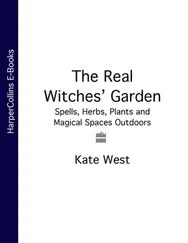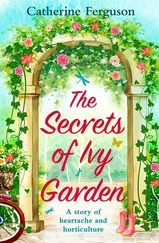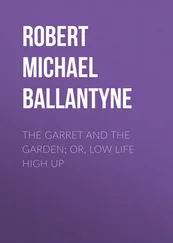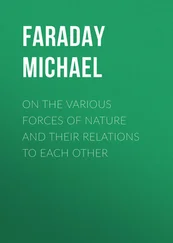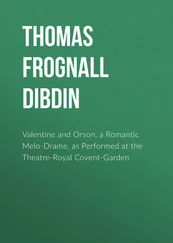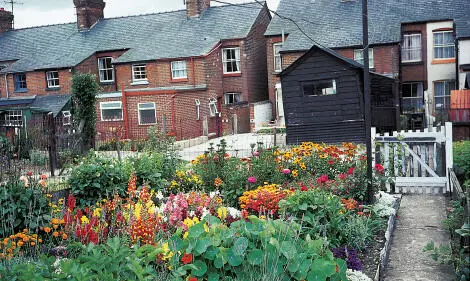
Michael Chinery
Even the smallest of backyards can be a riot of colour, packed with flowers that act as filling stations for butterflies and many other insects .
Michael Chinery
Tiny mosses, seen here covered with pear-shaped spore capsules, erupt from the smallest cracks in walls and paths .
The vegetable plot has a similar diversity, although it does not have much in the way of nectar sources and, being subject to more disturbance as crops are planted and harvested, it tends to support a smaller variety of animal life in general.
Trees, shrubberies and hedges
These lend welcome shade and shelter to other parts of the garden and are micro-habitats in their own right, providing homes and hunting grounds for insects, spiders, birds and many other creatures.
CONSERVATION TIP
If you find a strange creature in your garden, don’t assume it is harmful. Before squashing it with your foot, try to find out what it is and what it does. You will probably find that it is harmless or even useful – and then you won’t need to squash it!
These provide yet more living space for both flora and fauna, a fact that is easily appreciated when you look at the number of spider webs that adorn the fences in the autumn. Even concrete paths can support wildlife, tiny mosses wedge themselves into cracks in the concrete, while ants often nest underneath the paths and benefit from the heat absorbed by the concrete on sunny days – although you might not know that they are there until they fly off on their marriage flights in the summer.
A pond is one of the richest of all wildlife habitats, and garden ponds are, happily, becoming increasingly popular. Pond-watching can be great fun, and the garden pond can literally be a life-saver for frogs, toads and dragonflies, all of which are now suffering from the disappearance of so many farm ponds and other watery sites in the countryside.
Michael Chinery
Hit by the disappearance of so many farm and village ponds, many frogs find refuge in our garden ponds and mop up the slugs in return for the hospitality .
Not all of the visitors to your garden will be welcome guests, of course, but they will all add to the richness of the garden and the great majority will do no harm. They are just using your garden as a home. The more habitats you can create in your garden, the more guests you are likely to get, and the more diversity of wildlife. This can only be good for the wildlife population as a whole.
Michael Chinery
A single climbing rose can feed a huge number of insects, which, in turn, can provide food for numerous spiders and birds. The birds may also nest there, well protected from predators by the rose’s prickly stems .
Wildlife-friendly gardens
Gardening for wildlife involves creating an approximation to one or more natural habitats that will be acceptable to birds and other wild creatures. It does not mean, however, giving the whole garden over to nature. You can continue to grow all your favourite flowers and vegetables in a wildlife garden .
Although a large garden can obviously support more plant and animal life than a small one, size is not that important. Even a small garden can contain several valuable wildlife habitats, such as a hedge, a small spinney or shrubbery, a pond and a grassy bank. It is what you plant in your garden that matters. Cultivated varieties and exotic plants certainly have a role in adding colour and excitement to a garden, but to be really wildlife friendly you do need to grow a selection of native shrubs and other plants. These are the species on which our native insects have evolved, and if you provide food for the insects, then you will indirectly feed many of our garden birds as well.
Having created habitats for the insects and birds, you will need to minimize any disturbance. So be a little less enthusiastic with the lawn mower and the hedge trimmer. Does your lawn really need to look like a bowling green, and does it matter if the hedge is a bit rough around the edges? Don’t be tempted to dead-head all of your plants; this might encourage a longer flowering season but it does deprive birds and insects of food and shelter. Bare soil needs weeding, so cover your garden with as much vegetation as you can; this will keep down the weeds and also give the birds a happy hunting ground. You might well find that wildlife-friendly gardening is gardener friendly as well!
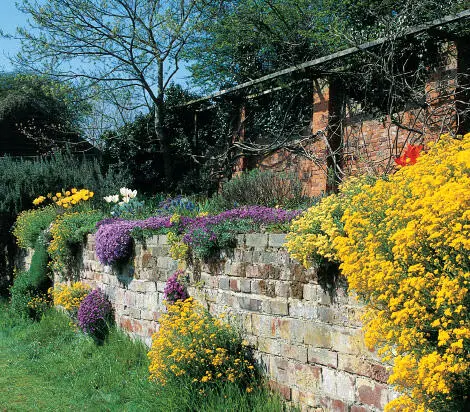
Michael Chinery
The rough grass at the base of the wall in no way detracts from the appearance of this well-managed wildlife garden .
Household refuseBe sure to pick up any bottles and cans left in the garden after a party, or just a well-earned drink. Apart from the risk of causing injury to yourself or your family, these containers can become coffins for small animals.
Michael Chinery
The great green bush-cricket is a noisy inhabitant of the many undisturbed garden hedges and shrubberies that exist both on the European continent and in southern England .
Thousands of shrews and other small mammals die every year in carelessly abandoned bottles. Getting in to sample the dregs is easy, but climbing the smooth sides to get out again certainly is not. Drink cans are not quite so bad, but beetles and many other useful creatures regularly drown in them.
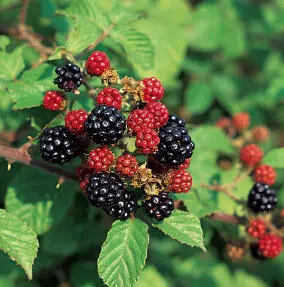
Michael Chinery
Let brambles scramble over your hedge. Insects will sip nectar from the flowers in summer and the birds, and you, will be able to enjoy the fruits later in the year .
Fruit bushes and nettingIf you need to put nets over your fruit bushes, do make sure that they are taut and well anchored so that birds and other animals cannot get tangled up in them.
 Weedkillers and pesticidesIf you cannot survive without using weedkillers or other pesticides, be sure to follow the instructions carefully, and to dispose of any dregs where they cannot do any harm. It is very easy to kill vegetation and its associated animal life by careless application of pesticides, especially in windy conditions when sprays can drift far from their intended targets.
Weedkillers and pesticidesIf you cannot survive without using weedkillers or other pesticides, be sure to follow the instructions carefully, and to dispose of any dregs where they cannot do any harm. It is very easy to kill vegetation and its associated animal life by careless application of pesticides, especially in windy conditions when sprays can drift far from their intended targets.

CONSERVATION TIP
Don’t use peat in your garden. Our peat bogs have shrunk alarmingly over the last 100 years or so because of the demand for peat, and their wildlife has dwindled accordingly. Plenty of alternatives to peat are on the market now, and for hanging baskets there is ‘Supermoss’ – a sphagnum substitute made from recycled cloth and paper pulp.
Читать дальше
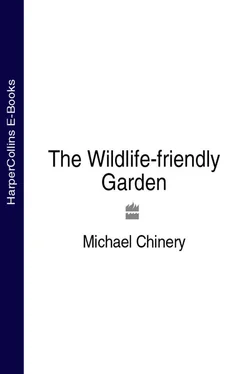



 Weedkillers and pesticidesIf you cannot survive without using weedkillers or other pesticides, be sure to follow the instructions carefully, and to dispose of any dregs where they cannot do any harm. It is very easy to kill vegetation and its associated animal life by careless application of pesticides, especially in windy conditions when sprays can drift far from their intended targets.
Weedkillers and pesticidesIf you cannot survive without using weedkillers or other pesticides, be sure to follow the instructions carefully, and to dispose of any dregs where they cannot do any harm. It is very easy to kill vegetation and its associated animal life by careless application of pesticides, especially in windy conditions when sprays can drift far from their intended targets.
